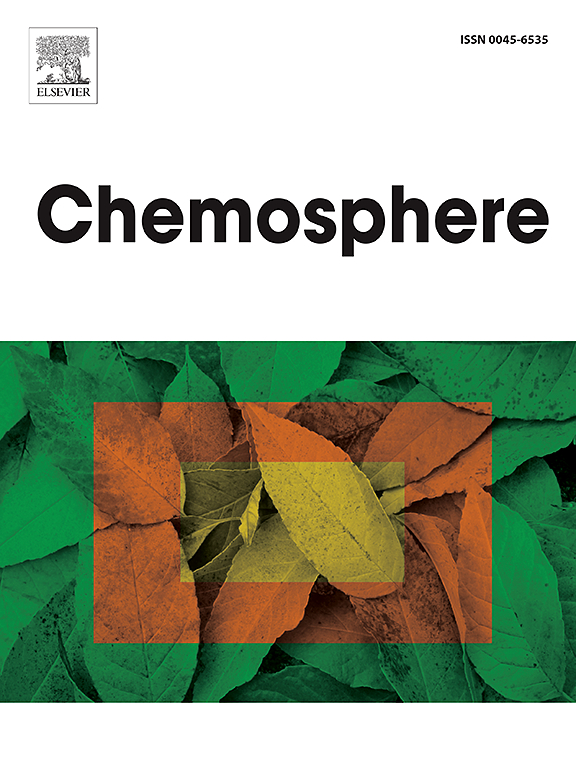Rare earth elements and health risk assessment of road dust from the vicinity of coal fired thermal power plants
IF 8.1
2区 环境科学与生态学
Q1 ENVIRONMENTAL SCIENCES
引用次数: 0
Abstract
As emerging pollutants, rare earth elements (REEs) have been explored in different environmental samples. This is the first study to use road dust samples to monitor REEs form the vicinity of thermal power plant (TPPs). Road dust samples were collected from 17 locations (main and side roads) in a 15 km radius surrounding two coal-fired TPP (TPP Kostolac A & B, Serbia). Concentrations of nine REEs (Sc, La, Ce, Nd, Sm, Eu, Tb, Dy, Yb) were measured in the road dust samples (f < 63 μm, easily resuspended fraction size) using instrumental neutron activation analysis (INAA). We have found that the concentrations of REEs do not depend on the distance of the sampling location from TPP. There were no statistically significant differences between the main road and side road samples suggest that traffic is not the main source of REE in the studied area. Principal component analysis, hierarchical cluster analysis as well as geo-accumulation index (Igeo) and enrichment factors (EF) point to an enrichment with Dy of road dust samples collected in September. The road dust samples do not pose any harm to human health in the tested area, as shown by a hazard index of less than 0.1. Despite the low REE risk, it is important to consider the possibility of negative health consequences, mainly because these samples may contain numerous other organic and inorganic pollutants.

求助全文
约1分钟内获得全文
求助全文
来源期刊

Chemosphere
环境科学-环境科学
CiteScore
15.80
自引率
8.00%
发文量
4975
审稿时长
3.4 months
期刊介绍:
Chemosphere, being an international multidisciplinary journal, is dedicated to publishing original communications and review articles on chemicals in the environment. The scope covers a wide range of topics, including the identification, quantification, behavior, fate, toxicology, treatment, and remediation of chemicals in the bio-, hydro-, litho-, and atmosphere, ensuring the broad dissemination of research in this field.
 求助内容:
求助内容: 应助结果提醒方式:
应助结果提醒方式:


